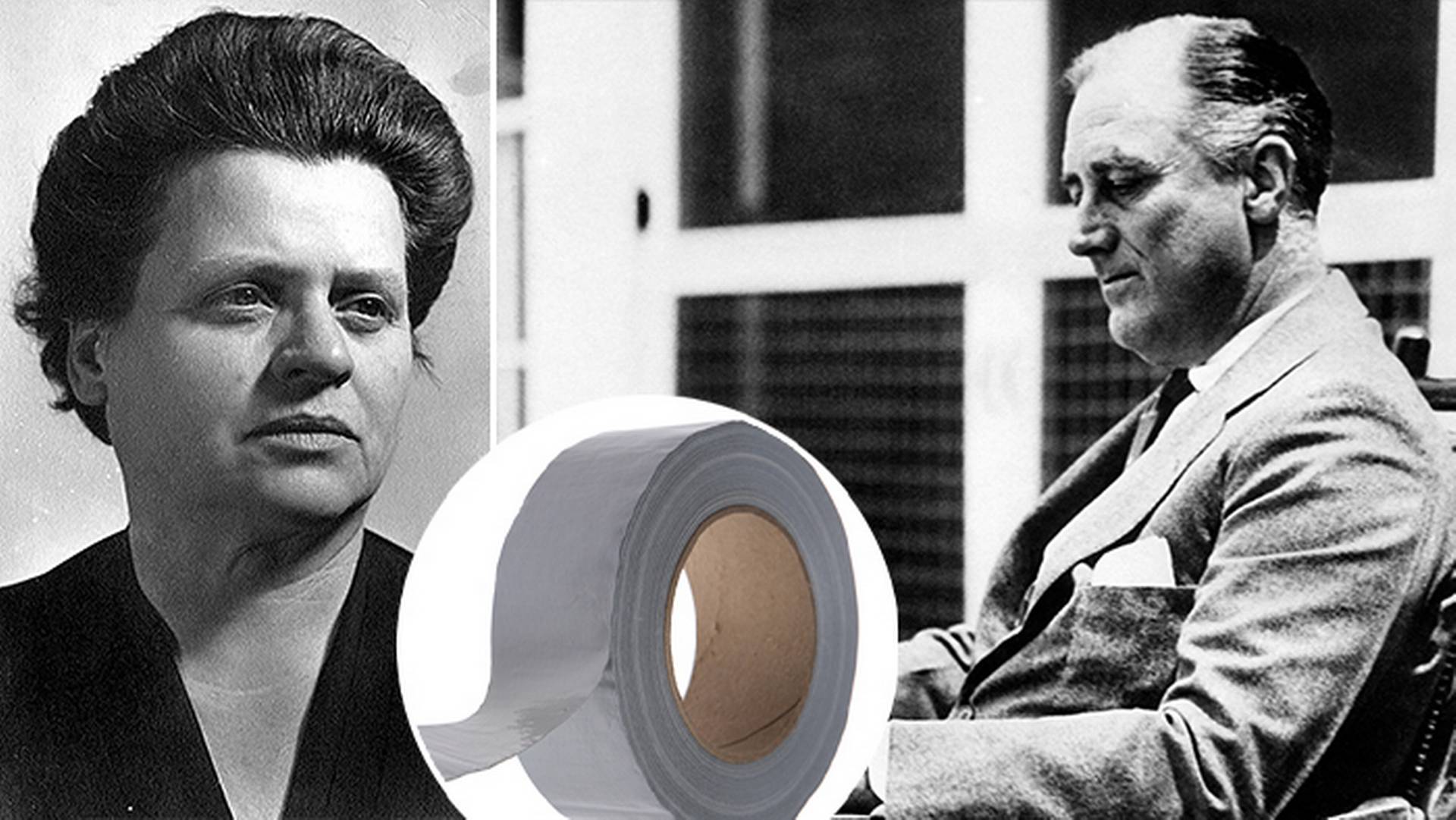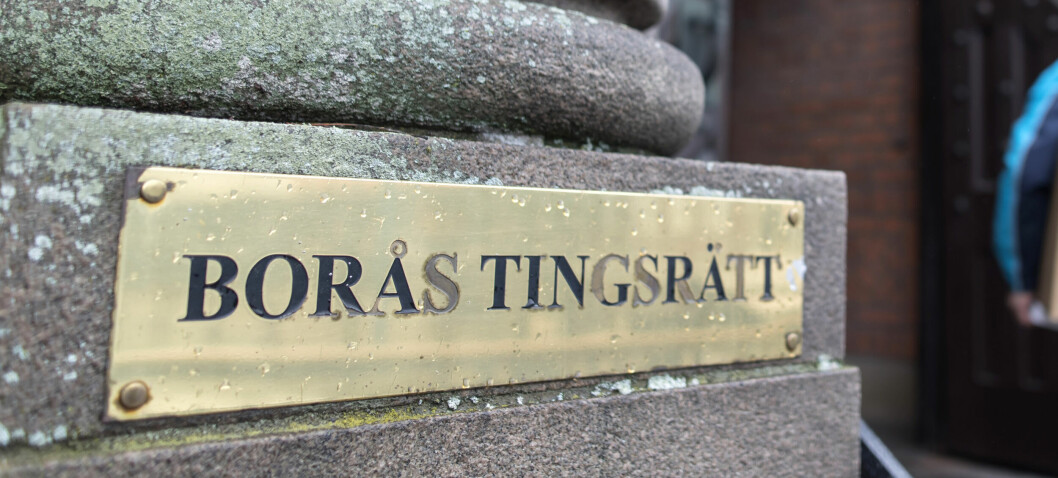Silver tape – gold worth in the war

HISTORY OF TECHNOLOGY. An unassuming mother of two was behind the invention that held together the American operation during World War II.
The US military was not directly short of urgent problems to solve in early 1943. It had been just over a year since the United States entered World War II, and the situation was now critical: Italy was still resisting, Germany was apparently struggling tireless frenzy, and the Allies’ attempt to curb Japan’s brutal expansion into Asia had not yet succeeded.
So one can perhaps understand why Vesta Stoudt’s superiors at Green River Ordnance Plant were not very responsive when instead she tried to direct their attention to the tape that held together cartons of rifle grenades. The fact that these cartons could be a little tricky to open – the small piece of tape you would pull in had a tendency to come loose completely – may not have seemed as acute a threat to the war effort as the Axis’ troop movements and technical ingenuity.
So the bosses simply told her to stop playing besserwisser, and focus on her job instead. She could hardly know better than the government how the war would be handled, they said.
But in a war where every little margin played a role, Stoudt realized that she was something important on the tracks – whatever her superiors thought.
Wrote a letter
So she simply turned to their superiors instead: President Franklin D. Roosevelt.
In a letter to the White House, she wrote:
“I have two sons out there somewhere, one in the Pacific Ocean, the other in the Atlantic Fleet. You also have sons in the military. We can not disappoint them by giving them boxes of ammunition that take a minute or more to open. ”
Vesta Stoudt’s solution, on which she attached drawings with her letter to the president, was a new kind of tape. It would be waterproof and reinforced with fabric so that, unlike the paper tape used so far, it would not break into pieces as easily as possible. Her own experiments with prototypes had even already proven that this solution would work.
Just over a month later, Vesta Stoudt received a letter from the head of the War Production Board (a temporary department that only existed during World War II). He said that President Roosevelt approved of her “exceptional” idea – which would both make ammunition boxes easier to open, and protect the contents themselves from moisture.
Water and tough tape
It was then Johnson & Johnson’s subdivision Revolite that was commissioned to produce a water and iron resistant tape according to Stoudt’s specifications. A tape that turned out to be amazingly versatile, with the ability to patch up both broken boots and jeeps, and over time came to be known as “duct tape” (or silver tape, as it is called in Sweden).
After the war, the silver tape was transformed from a military affair into a staple in every other household. Vesta Stoudt made no money from the fact that the original idea for this lucrative industry was hers, but was awarded a so-called War Worker Award for her “outstanding efforts” during the war.
In a family of veterans, the unassuming mother thus became the greatest war hero of all.
Facts: Vesta Stoudt
Name: Vesta Oral Stoudt.
Born: April 13, 1891, Prophetstown.
Died: May 9, 1966.
Profession: Inventor, factory worker.
Family: husband Harry Stoudt and sons Clarence, Lowell and Harry Jr.
Your bonus as a New Technology reader: A part of Swedish technology history
As a bonus, you who are a subscriber to Ny Teknik digitally receive a selection of articles from Teknikhistoria, a magazine about the technical and industrial development that has led to society as it looks today – with a focus on Swedish development.
Do you want to get a piece of history straight home in your mailbox? Sign up for your subscription today at: teknikhistoria.prenservice.se
Like Teknikhistoria on Facebook to get the latest news from history!



